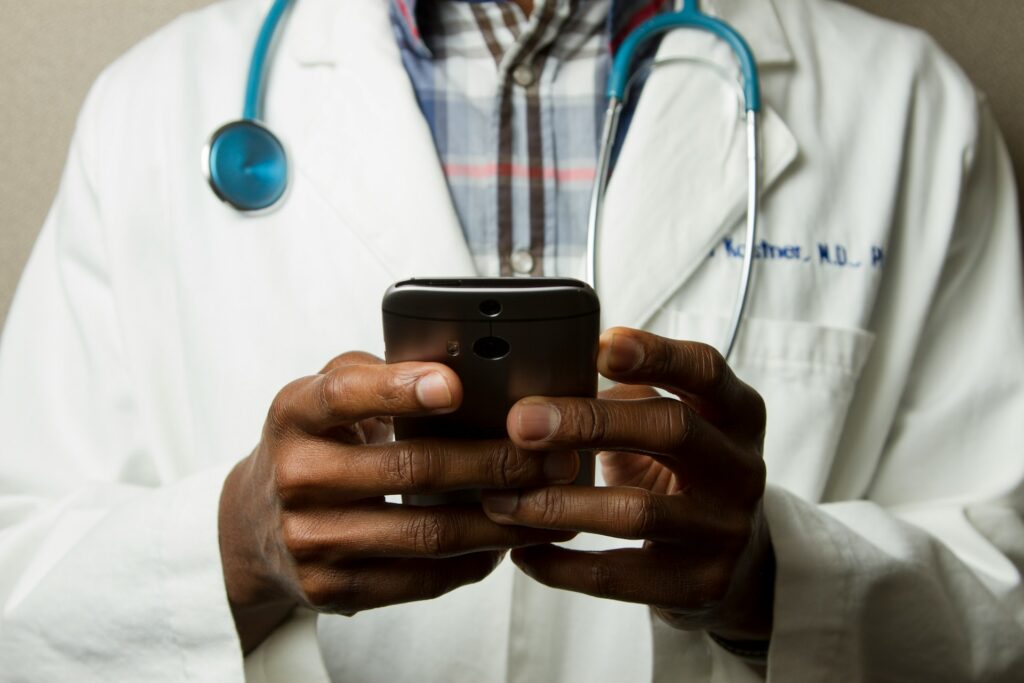The Future of Healthcare Communication: Mailing Services in the Digital Age

In today’s rapidly evolving healthcare landscape, effective communication is paramount. As technology continues to advance, traditional methods of patient engagement are being complemented by digital solutions. However, amidst this digital transformation, mailing services remain a cornerstone of healthcare communication, offering unique advantages that transcend the limitations of purely digital platforms. In this article, we explore the role of mailing services in the digital age and their significance in shaping the future of healthcare communication.
The digital age has revolutionized the way healthcare providers interact with patients. With the proliferation of electronic health records (EHRs), telemedicine, and patient portals, communication has become more convenient and accessible than ever before. While these advancements have undoubtedly improved efficiency and connectivity, they also present challenges such as information overload and privacy concerns.
In contrast, healthcare mailing services offer a tangible and personalized means of communication that cuts through the digital clutter. Physical mail has a tactile quality that digital messages lack, making it more memorable and engaging for recipients. In an era dominated by virtual interactions, receiving a personalized letter or brochure in the mail can leave a lasting impression on patients.
Moreover, mailing services enable healthcare providers to reach patients who may not have access to or be comfortable using digital platforms. This is especially important in underserved communities where internet connectivity may be limited or healthcare disparities exist. By leveraging mailing services, providers can ensure equitable access to vital health information for all patients, regardless of their technological proficiency.
Furthermore, mailing services offer unparalleled targeting capabilities that enable providers to tailor their communications to specific demographics or medical conditions. Through data analytics and segmentation, healthcare organizations can identify high-risk patients, promote preventive care, and encourage compliance with treatment plans. By delivering targeted messages directly to patients’ mailboxes, providers can foster stronger patient-provider relationships and drive better health outcomes.
Another advantage of healthcare mailing services is their role in maintaining patient privacy and confidentiality. While digital communication platforms are susceptible to security breaches and hacking incidents, physical mail offers a higher level of protection for sensitive health information. By adhering to stringent privacy regulations such as HIPAA (Health Insurance Portability and Accountability Act), healthcare providers can ensure the integrity and confidentiality of patient data throughout the mailing process.
Looking ahead, the future of healthcare communication lies in a hybrid approach that combines the strengths of digital technologies with the reliability of traditional mailing services. By integrating mailing services into their communication strategies, healthcare providers can create a seamless omnichannel experience that meets the diverse needs of patients in the digital age.
However, to fully capitalize on the potential of mailing services, providers must embrace innovation and leverage emerging technologies such as automation, AI (Artificial Intelligence), and personalized printing. By automating repetitive tasks and personalizing content at scale, healthcare organizations can enhance the effectiveness and efficiency of their mailing campaigns while reducing costs and administrative burdens.
Moreover, advancements in data analytics and predictive modeling enable providers to anticipate patient needs, customize messaging, and track outcomes more effectively. By harnessing the power of data-driven insights, healthcare organizations can continuously refine their communication strategies and deliver more targeted and impactful messages to patients.
In conclusion, while digital technologies continue to reshape the healthcare landscape, mailing services remain a vital component of effective communication. In the digital age, where information overload and privacy concerns abound, physical mail offers a tangible and personalized means of engaging patients. By embracing mailing services and integrating them into their communication strategies, healthcare providers can enhance patient engagement, improve health outcomes, and shape the future of healthcare communication in the digital age.
Akshay Sharma
Latest posts by Akshay Sharma (see all)
- Best Single Door Fridge Models Of 2025 Features, Energy Ratings & Price Guide - December 22, 2025
- 5 Critical Things You Must Know for Professional Custom Badge Quality: An Expert’s Guide - November 3, 2025
- Are You Using a Loan Calculator for Second Hand Car Rightly? - October 13, 2025
- Round Steel Tanks: Long-Term Solutions for Water Storage - September 19, 2025
- Embrace the Culture: Syna World Hoodie and Syna World Tracksuit UK - September 13, 2025
- Styling guide on jumper and jogger: The best way to enhance the style for both men and women
- Discover Dubai: The Top Places to Visit for an Unforgettable Trip
